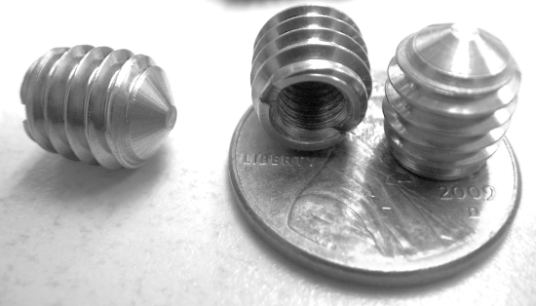Binding Freedom Inserts
I headed up to ski today, but arrived at the gas station halfway there without a wallet. I had enough gas to get home, but not enough to ski, so it was off to the lab/shop for some ski work.
I’d played with a set of Binding Freedom inserts last season, remounting my very first pair of skis with inserts as rock skis. I’ve now drilled my Kailas and Sahales (whence the bindings came) for the inserts, and glue is curing in the Kailas. As I was cleaning up, I realized that my remaining stash of inserts would provide a nice example of how to determine the uncertainty in product weight.
Inserts installed in my test/rock skis.
Since I was at the lab, I had access to our Sartorious balance, which has sensitivity to 100 micrograms. I wasn’t careful/motivated enough to minimize thermal drift, air currents, etc., so I only recorded results to 1 mg. I checked the calibration of the balance before beginning, and it was correct to better than 0.001%, which, we’ll see, is better than I’d need.
Here are measured masses:
1.259, 1.275, 1.254, 1.281, 1.247, 1.271, 1.254, 1.265, 1.273, 1.256, 1.263, 1.237, 1.277, 1.277, 1.244, 1.266, 1.273, 1.259, 1.261, 1.267, 1.274, 1.260, 1.254, 1.272, 1.265, 1.244, 1.254, 1.257 grams.
This histogram uses twice as many bins as one “should“.
Taking the mean and standard deviation, the inserts are 1.262±0.011 g. From another perspective, these tiny parts differ in mass by less than 1% from one another. 0.011 g is the equivalent of slightly more than a cubic millimeter of steel.
What does that mean for a 9-screw Dynafit-compatible ski? Inserts will add 11.359±0.034 g to each ski. Why ±0.034 g instead of ±0.101 g? Because the uncertainty grows like the square root of the number of parts (Some are lighter than average, some are heavier. The square root turns out to be the right answer).
Tips for installing these inserts:
- Set aside time. I’m slow and careful with this sort of work; takes ~1.5-2 hr/pair.
- Err slightly on the shallow side with drilling and tapping; the inserts can cut their own way in a little deeper.
- Be careful in foam-core skis, especially when tapping. Count turns. Don’t just go by feel, or the tap may go much deeper than the drilled hole.
- The Binding Freedom screw slots are useful, but it’s nice to install the inserts with a screw in the insert in order to guarantee that glue won’t get into the threads.
- Exchanging bindings is quick and easy. I’m happy enough with the system to have drilled big holes in three pair of my skis.
A view of the internal threads.





I used Binding Freedom inserts myself, Charlie. I modified a flat head screwdriver by grinding down the corners such that the blade fits into the insert and the ground-off corners fit neatly into the insert slots. When installing the binding I at first cranked down on the stainless steel insets screws very hard and had great difficulty unscrewing them when the time came. With some of the recommended Lock-tite I do not think the screws need to be torqued down severely.
Cool! Jon Drums has a similar purpose-made tool for the job here: http://bindingfreedom.com/Insert-Driver-1-4-Hex-4024.htm
I’ve gone overboard with the glue each time, so I’ve been glad to have left screws in each hole to minimize the amount of glue that gets in the threads. It’s a mighty-fine system. I’m looking forward to the freedom of choice that inserts provide to let me use one set of bindings for rock skis, groomer skis, and rando-race skis. Goodbye $300 new-ski binding tax!
Hey MeasuredMass – cool blog. I’m glad to hear that we’ve got better than 1% deviation on mass. Check out these glue plugs, which might help you with your excess epoxy problem:
http://www.bindingfreedom.com/Insert-Glue-Plugs-qty-25-4022.htm
I’m sure they would!